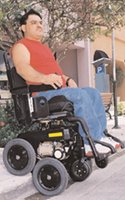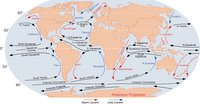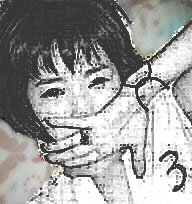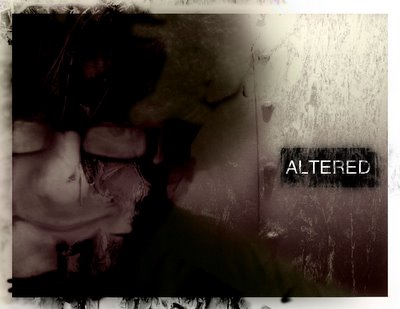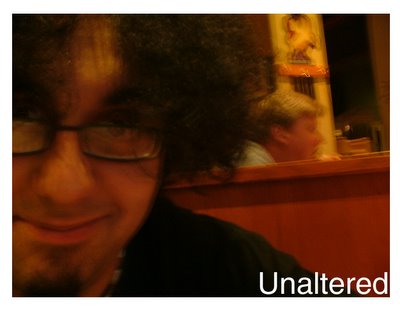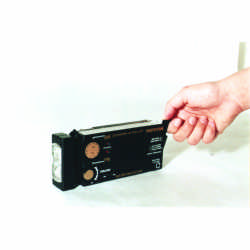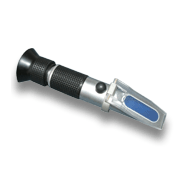Wacom Intous 3
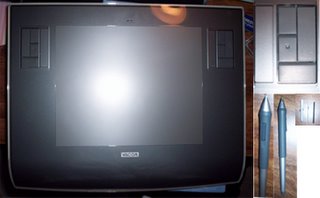
This is my faviourite object ever! Its the Wacom Intous 3, a newer model of the previous intous 2 tablet . Its used to work primarily on digital art and graphics, and is a more professional tool then the basic starting tablet made by wacom ( Graphire models) . It has a higher working resolution then most other tablets and this tablet in particular is a 6x8" tablet. It is big and comfortable to use,without having to draw too small. It fits quite comfortably over my laptop keyboard, where i usually place it. The buttons are also a major help, letting you do almost anything with the tablet by setting them.
The main affordance of the tablets main use is simple, pen to tablet. It is used to mimic the pen or pencil on a computer, allowing you to do anything from art to browsing the internet comfortability. The vivibility however is more in the button use. The pen has 3 programable buttons on it that can be changed in the menu, including the tips interaction with the computers programs. The button at the end is mainly an eraser, but
It doesn't have any text on the tablet at all, and instead of text there are two sets of programable buttons (you can change what they do in the tablets menu) on either side. One of them ( the longest one) is the scroll bar at all times.....it has a good visibility in my opinion because if you are familiar you will understand its use right away.
The programable buttons can be set to "undo", press "alt", and even open assign programs. It is very usful, and at the same time understandable why no text was added to the tablet. If text was added, and you changed the setting....well it just wouldn't be good interaction if you pressed a button that read save and the button closed the file! So it seems that you must know the affordances that you set to use the tablet.....that way it can be used flawlessly.
Visbility on the other hand is poor because you cant see what is programed, you need to have prevous knowledge of how you set it. Although, one good thing bout it id the small indent on the buttons on either side. It allows you to know where the buttons are so you do not have to look down at the tablet. This is used like the raised groves on a keyboard. It allows us to go about working without any consious effort.
The Feeback the tablet gives varies. It does have a light that changes colour when you press the tablet tip to the tablet. It also has a variety of other nibs, that give a vireity of different tactile resonses. For instance, the black nib allows for more risistance.....it is used to mimic a pencil on the computer screen in art programs. The "Paint brush" tip has a spring that allows you to have the bounce of a piant brush on the computer! These tips are very useful but, they have to be switched manually!
The buttons feedback is that you hear a click and feel the button go down slightly. It works better then pressing the pen to the tablet and just getting a light click from the tip and a light response. At least this way you know that you actually pressed the button.
The side bar that is used to go up and down on websites (scroll) has no feedback other then that of scrolling on a web page or zooming in art programs.
The most important feedback of this useful tool is that it allows you to see the marks on the tablet (that you cannot see), on the computer monitor.
The mapping system changes accourding to buttons, but the overall mapping of the pen and tablet work fine.
The constraints of this tablet are obvious enough....you cannot use the pen over the drawing area ( the rectangle in the center), you can only press the buttons with your fingers, and you can only press the pen so hard before you break it. So they are good in the way they use physical, psychological , and semantic constraints. If something cant be done in a program, you will get audio feedback.
The habitual and overall brreakdown of the Intous 3 tablet is that when yo ucontinue to use it, you done even notice what you are doing conciously. You become so used to how you customised it that you never have to look down at the buttons , which wouldn't really help you anyway.The only problem that may be a problem is pressing to hard and wareing away the top over time (this was a problem with the graphire tablets that wacom also produced) , but it doesnt seem to affect this one much....pen tip replacement is the major concern. Thankfully, it comes with a few regular tips so you do not have to go out of your way to buy them!

